S. M. Prokudin-Gorsky: The Splendors of Russia in Natural Color 1905–1916
Exhibition of Šechtl & Voseček Museum of Photography February–May 2006
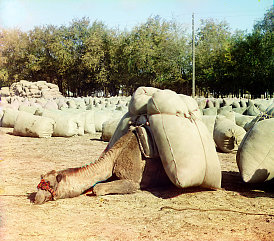
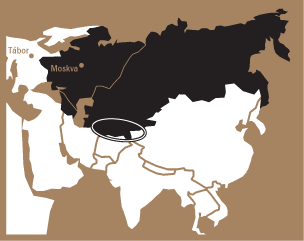
Неизвестно. В альбомах нет отпечатка.
Unidentified. No print in the albums.
Library of Congress, Prints
and Photographs Division,
Prokudin-GorskiiCollection,
LC-DIG-prokc-20010. Digital color rendering by Jan Hubička based on color composite by Blaise Agüera y Arcas.
https://hdl.loc.gov/loc.pnp/prokc.20010
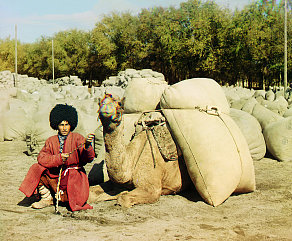

Неизвестно. В альбомах нет отпечатка.
Unidentified. No print in the albums.
Library of Congress, Prints
and Photographs Division,
Prokudin-GorskiiCollection,
LC-DIG-ppmsc-03980. Digital color rendering by Walter Frankhauser.
https://hdl.loc.gov/loc.pnp/ppmsc.03980
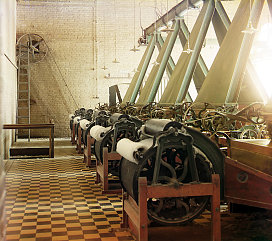
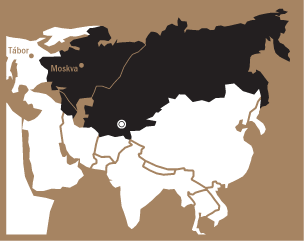
Неизвестно. В альбомах нет отпечатка.
Unidentified. No print in the albums.
Library of Congress, Prints
and Photographs Division,
Prokudin-GorskiiCollection,
LC-DIG-ppmsc-04415. Digital color rendering by Walter Frankhauser.
https://hdl.loc.gov/loc.pnp/ppmsc.04415
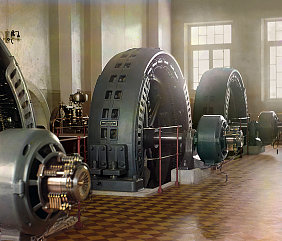
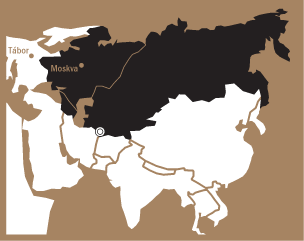
Неизвестно. В альбомах нет отпечатка.
Unidentified. No print in the albums.
Library of Congress, Prints
and Photographs Division,
Prokudin-GorskiiCollection,
LC-DIG-ppmsc-04414. Digital color rendering by Walter Frankhauser.
https://hdl.loc.gov/loc.pnp/ppmsc.04414
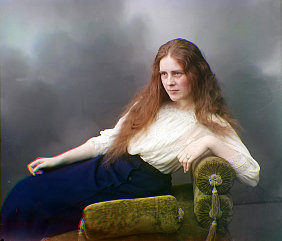
Этюд головки.
An study. Woman's head.
Library of Congress, Prints
and Photographs Division,
Prokudin-GorskiiCollection,
LC-DIG-prokc-21657. Digital color rendering by Jan Hubička based on color composite by Blaise Agüera y Arcas.
https://hdl.loc.gov/loc.pnp/prokc.21657
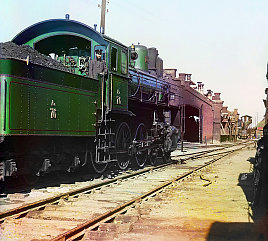
Паровоз.
Steam locomotive.
Library of Congress, Prints
and Photographs Division,
Prokudin-GorskiiCollection,
LC-DIG-ppmsc-04651. Digital color rendering by Walter Frankhauser.
https://hdl.loc.gov/loc.pnp/ppmsc.04651
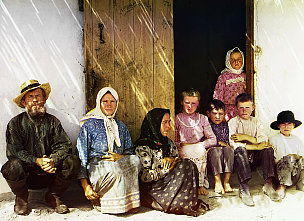
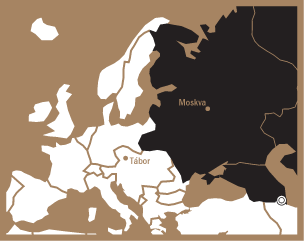
Семья поселенца. Пос. Графовка.
Settler's family. The village of Grafovka
Library of Congress, Prints
and Photographs Division,
Prokudin-GorskiiCollection,
LC-DIG-ppmsc-04435. Digital color rendering by Walter Frankhauser.
https://hdl.loc.gov/loc.pnp/ppmsc.04435